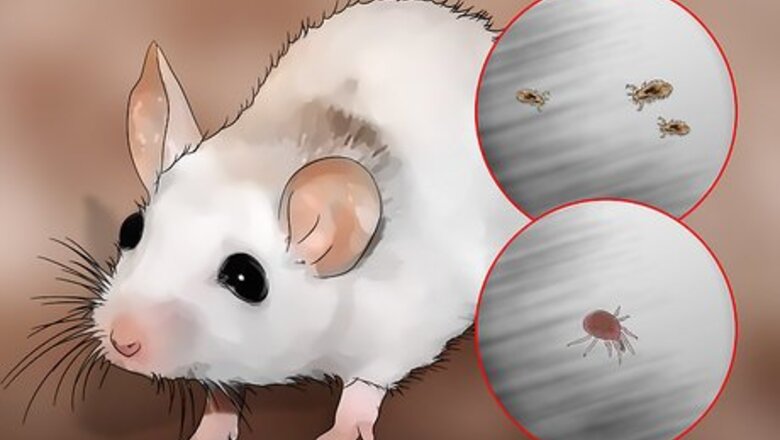
views
X
Research source
Most mites found on pet mice are fur mites, which cause the mouse to itch itself when they eat skin debris off the skin's surface.[2]
X
Research source
Most mite infestations are species specific, meaning they will not transfer from your mouse to you. However, it's important to be able to spot the signs of a mite infestation and to be able to get proper veterinary treatment in order to keep your mouse healthy.
Treating a Mite Infestation
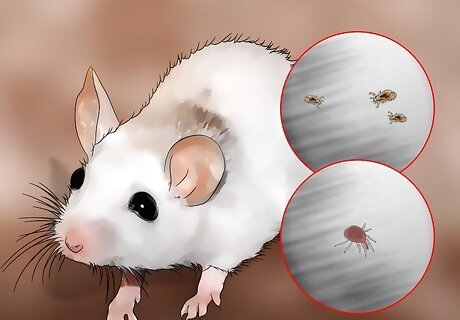
Differentiate between infestations. Mice can get a variety of infestations that have similar symptoms to a mite infection. For example, mice can get a lice infestation that presents very similarly to a mite infestation. In order for your mouse's issue to be treated correctly, you need to figure out what type of infestation the mouse actually has. When your veterinarian inspects your mouse, they should be able to tell what kind of infestation your mouse has.
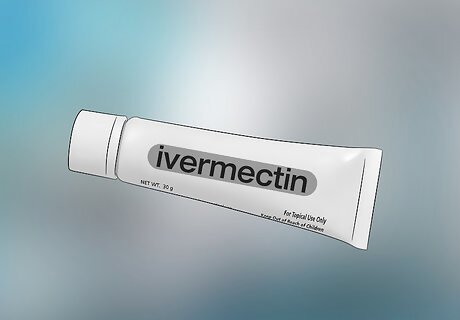
Treat the mouse with a product recommended by your veterinarian. Treating a mite infestation requires you to apply a medication. The medications used for mite infestations may be applied on the skin, given orally, or injected by the veterinarian. They are usually applied twice, two weeks apart, to kill all adult mites. There are several medications that may be prescribed that are all macrocyclic lactone anti-parasitic drugs: Selamectin Moxidectin Ivermectin
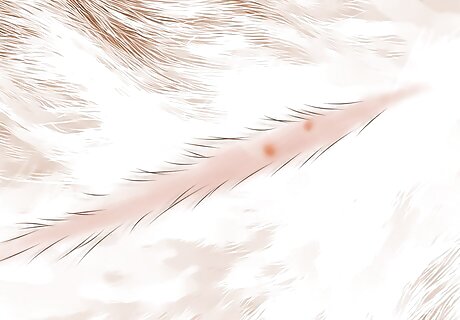
Treat secondary infections. If the mite infestation has caused your mouse's skin to become infected, you may need to give it additional medication. Discuss this option with your veterinarian, as he or she may want to allow your mouse's immune system time to clear up the infection before relying on medication. One reason for waiting on further medication is that infections are often treated with antibiotics. Veterinarians are in agreement that antibiotics are overprescribed and that over prescribing them leads to the development of antibiotic-resistant strains of bacteria. Once the mites are eliminated, it will be easier to get the infection under control.
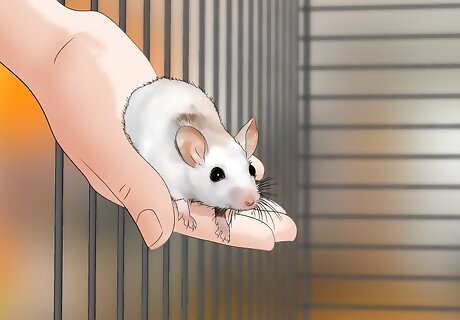
Treat all other mice you have. If one of your mice has a mite infestation, and it lives with other mice, then they may all be infested. Discuss the problem with your veterinarian but it is likely that the vet will have you treat all the mice you have. Infestation is transferred via direct contact. If you have other mice that are housed separately, be sure to keep uninfested mice away from the infested mice until the infestation is totally cleared up.
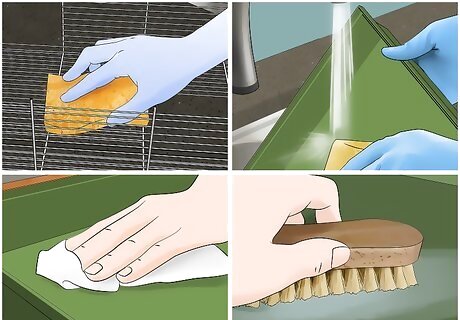
Clean and disinfect all equipment. Eliminating a mite infestation will require you to thoroughly clean and disinfect all equipment the mouse comes in contact with. This includes its cage, any feeding containers, and all toys. It's important to completely clean and sanitize the cage. First use soap to clean all debris off the surface of the cage. Then use bleach to disinfect the cage completely. All bedding and food should be removed and then replaced once the cage is sanitized. The cage should be both thoroughly cleaned at the beginning of treatment and weekly after that.
Diagnosing a Mite Infestation
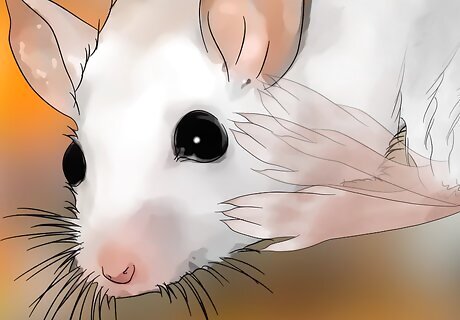
Pay attention to itching. If your mouse has a mite infestation, it is likely to scratch itself excessively. In fact, this is likely to be the only symptom many mice exhibit. The mites disturb the skin because mice are often allergic to the mites or they are irritated by the mites eating their skin debris.
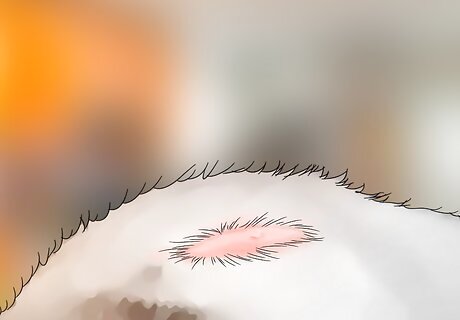
Look for thinning hair. A mouse with a mite infestation may have hairless patches on the back of its head and along its spine. This thinning hair is usually caused by excessive itching and scratching the mouse does in response to the mites. Patches of thinning hair may also have scabs or lesions in them, indicating that the hair loss is due to your mouse scratching the area.
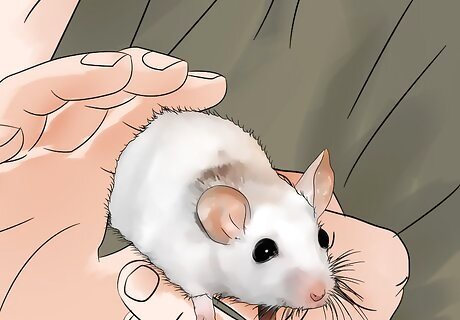
Inspect your mouse's coat. If you suspect that your mouse has a mite infestation, then you should inspect its coat for secondary symptoms. These include skin ulcers or lesions and a greasy or smelly coat. These symptoms signal a mite infestation. However, your mouse may still have a mite infestation even if these symptoms are not present.
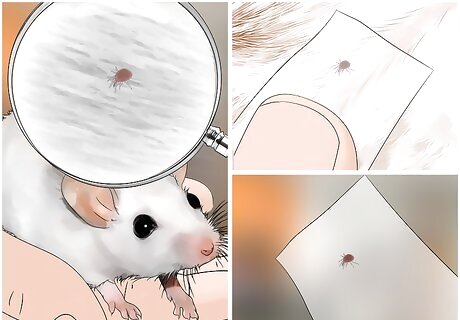
Get a veterinary diagnosis. In many cases, there will be very few symptoms of a mite infestation. Even a serious infection may only cause you mouse to scratch occasionally. Because of this, you should get your pet mouse examined In order to identify mites, your mouse may be examined with a magnifying lens. In addition, a piece of tape may be pressed on to the mouse's fur, which will remove mites for inspection and identification. It can be hard to find a veterinarian who is experienced with treating rodents. Call around to veterinarians in your area or do an online search to find a veterinarian who has expertise with treating mice.



















Comments
0 comment